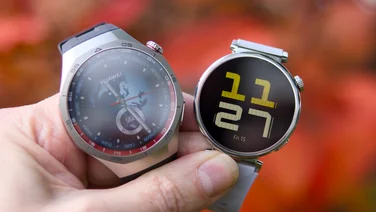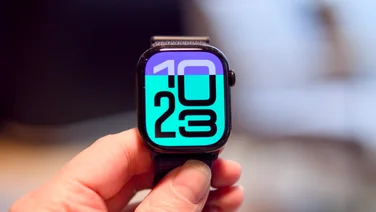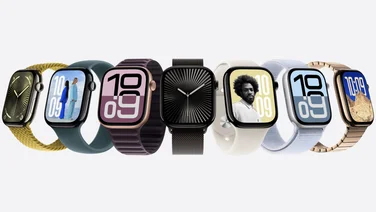To help us provide you with free impartial advice, we may earn a commission if you buy through links on our site. Learn more
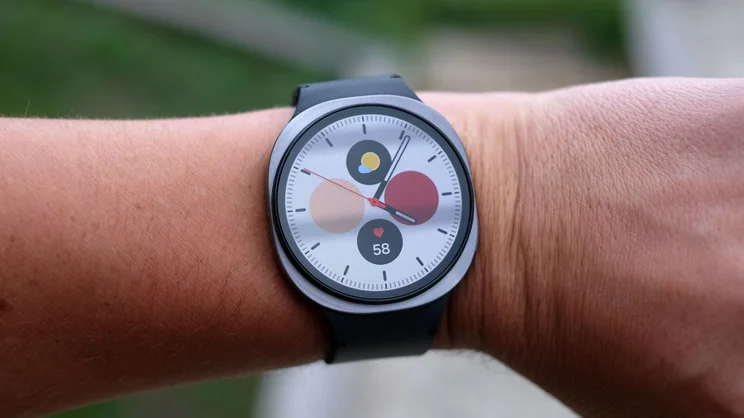

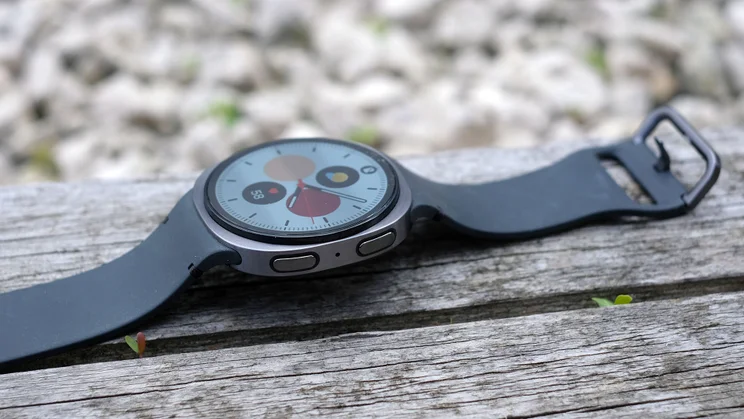
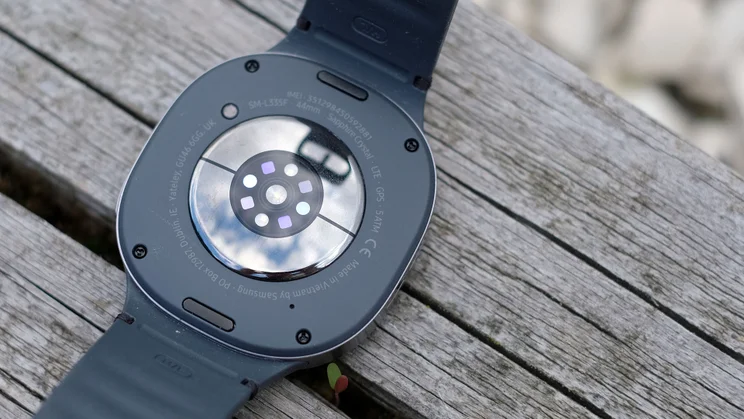
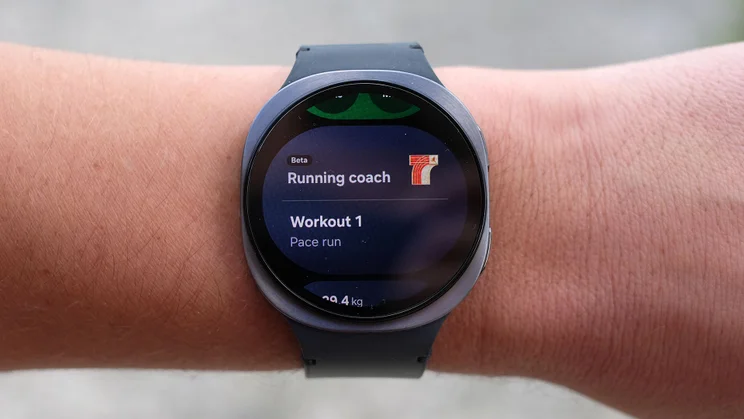
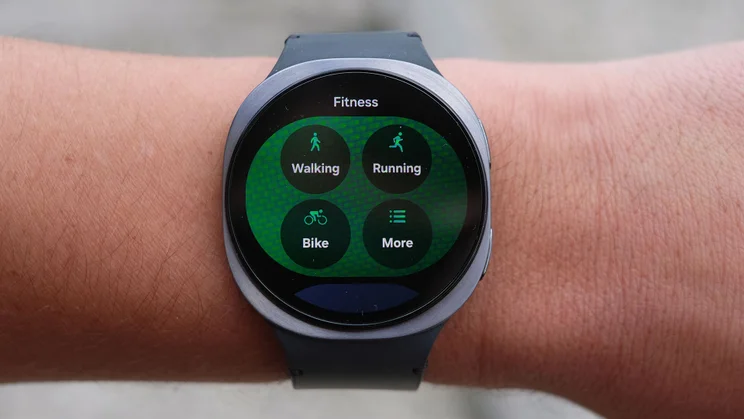
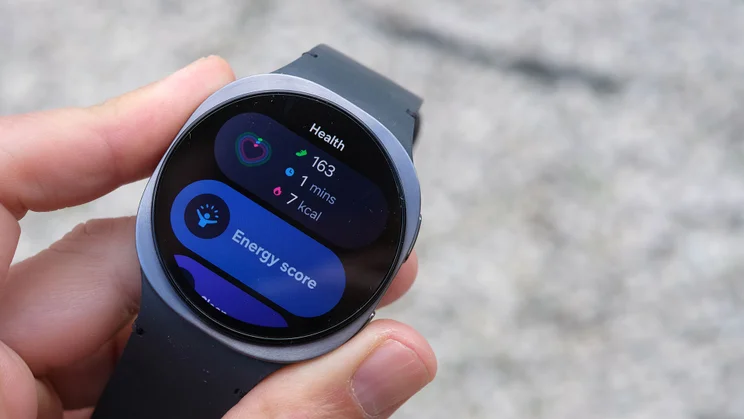
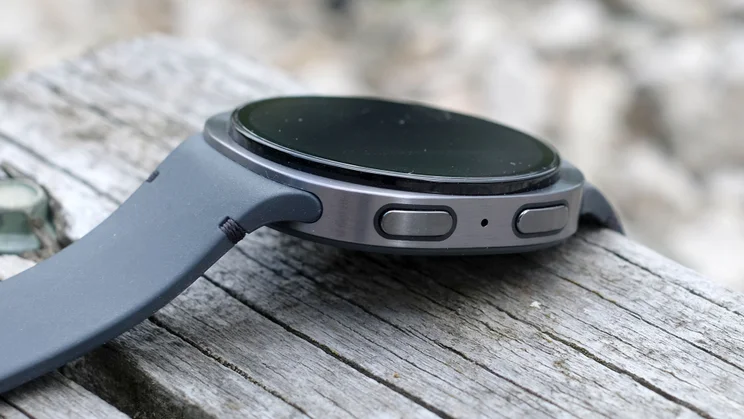
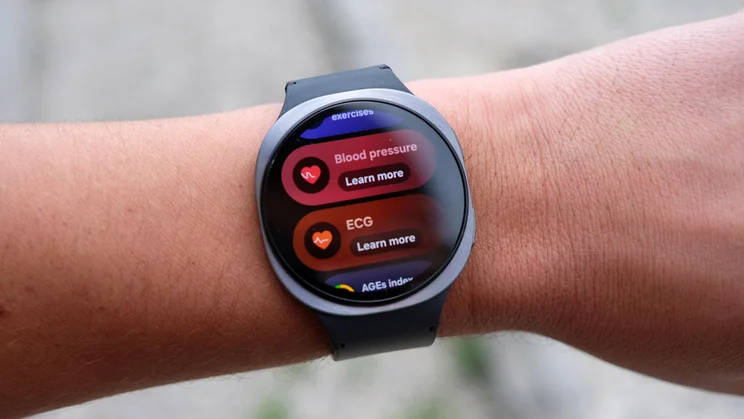
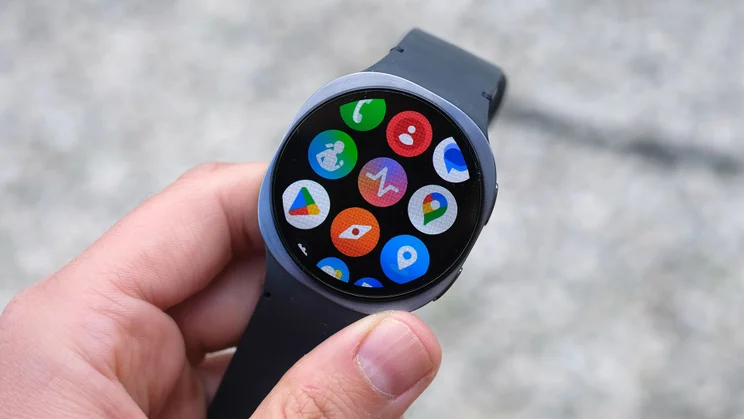
- Slim and light
- Aesthetically interesting
- Responsive interface and refined haptics
- New Running Coach feature feels half-baked
- Still a fairly high-upkeep smartwatch
- Requires a tighter fit than most for accurate HR
The Samsung Galaxy Watch 8 is the Korean brand’s entry-level smartwatch for 2025, but comes with a higher starting price than its predecessors, making it less of a budget option.
The good news is that the Samsung Galaxy Watch 8 is also a more interesting-looking and distinctive watch than its predecessors. And based on our testing, it’s more reliable for fitness tracking than the more expensive Galaxy Watch 8 Classic, thanks to a trimmer physical design.
A Garmin or Apple Watch is still a better bet for enthusiast-level fitness tracking, but once again, Samsung has come out with one of the most desirable Wear OS watches in town, next to the Pixel Watch 4.
What do you get for the money?
Samsung Galaxy Watch 8 buyers are faced with a couple of important choices. It’s available in 40mm and 44mm (reviewed here) diameter sizes, and the casing comes in silver and “graphite” grey finishes. The 40mm starts at £319 for the Bluetooth-only variant, rising to £369 if you want 4G capabilities, while the 44mm option will set you back either £349 or £399.
The main difference between the Watch 8 and the more expensive Watch 8 Classic is that this version does not have a rotating bezel. In its place, you can run your finger around the perimeter of the screen to move through menus. Or swipe at the touchscreen more conventionally.
The Samsung Galaxy Watch 8 is a Wear OS smartwatch, meaning you get access to an app store’s worth of software, but not remotely close to week-long battery life. It’s rated for 30 hours of stamina in its best mode.










This isn’t quite as hardcore a watch as the Galaxy Watch Ultra, either. It has solid 5ATM water resistance, but does not have a raised bezel to help protect the display from knocks and scrapes. The “look” and slimline design take precedence here.
The Galaxy Watch 8, Classic and Ultra can all basically do the same stuff, though. The Watch 8 has 32GB storage, primarily for apps and music, GPS, and sensors smart enough for relatively advanced metrics like body composition, ECG and an AGE score, which looks at your skin to (in part) determine how good your diet/ageing/metabolism are. The watch can even scan for antioxidant levels through deposits in your skin.
A couple of these features, ECG and blood pressure, require a paired Samsung phone. Don’t expect too much from the blood pressure feature either, as it requires semi-regular calibration using a standard blood pressure cuff.










New for this generation, Samsung has added a Running Coach feature to the Watch 8’s OneUI software. This can be a neat way to break into the hobby without needing to pay for a subscription. Or a real-life fleshy coach. As we’ll cover later, it’s not great for more experienced runners in its current form. But, hey, Samsung does say it’s in “beta.”
Add in Gemini support, the baked-in mic and the speaker and the Samsung Galaxy Watch 8 starts to look like it’s brimming with features.
What did we like?
Smartwatches and phones have the same problem. Most of them look quite similar, leading to the whole space seeming boring. Samsung has miraculously avoided this effect entirely with the Galaxy Watch 8.
It doesn’t look boring. It doesn’t look like an Apple Watch copy either. It may be one of the most distinctive Android Wear smartwatches made to date, recalling what Samsung pulled off with the iconic camera housing of the Galaxy S21 and Galaxy S22 phones.










A perfect circle of screen sits atop an ultra-rounded rectangular plinth of brushed aluminium. It blends the memorable and the minimal, and is far more striking than the Galaxy Watch 7. This is also a low-profile watch, with a depth of just 8.6mm. It’s not bulky or heavy, and this results in significantly better heart rate accuracy than the more built-up Galaxy Watch 8 Classic.
Why? Watch movement is the enemy of good HR readings. The standard Watch 8 has a lower centre of gravity, lower weight in general and hugs the wrist better. While this watch still isn’t on the level of a top Garmin watch like the Forerunner 970 or the Apple Watch Series 11 for accuracy, is it good enough? For most people, yes.
Low weight and a low-profile design also make the Galaxy Watch 8 comfortable. I am not personally a fan of the “over under” style of silicone strap used here, as seen in the default Apple Watch strap, but again, Samsung manages to make a simple design look very deliberate, with little fabric thread inserts.










The Galaxy Watch 8 also has a new “dynamic lug” strap system. It allows the strap to merge with the casing, while making strap replacements dead easy. It means we’re dealing with a non-standardised system too, though, which is all part of the plan. More people are likely to stick to official accessories.
The Galaxy Watch 8 does not miss out on too much compared to the higher-end Galaxy Watch Classic, at least in the 44mm version tested. Its battery life is very similar, typically lasting for what feels like a day and a half. This is with the always-on display mode enabled, roughly matching Samsung’s own claim of 30 hours, extended to 40 hours when that mode is switched off.
This smartwatch has basically all the same core features, too. That includes good dual-band GPS, ECG readings and body composition, which uses the same hardware to tell you your body fat percentage. Of course, this generation also sees a significant jump in cost, compared to the Galaxy Watch 7. It should not come across as an “affordable” smartwatch, because it isn’t one.
Thankfully, Samsung keeps up the class level throughout, with refined-feeling haptics and the usual ultra-high quality screen the Galaxy Watch series typically delivers. The 44m version has a 1.5in OLED panel of 480 x 480 resolution.
Brightness is the big generational improvement this time around, the ceiling raised to 3000 nits. However, unlike the Garmin Forerunner 970, for example, you won’t see anything like its full power at default settings. The standard brightness level is actually relatively conservative, and can be ramped up far higher after a rummage in the Settings menu. Of course, this will have a noticeable effect on battery life.










Watches like this need to default to lower brightness because they just don’t have the battery headroom to go all-out. Still, the default setting is bright enough for decent visibility outdoors.
One big test of that was a long run on a sunny morning, alongside the Garmin Forerunner 970. The Samsung watch recorded a distance of 26.18km, the Garmin 25.73km. That’s a variance of 1.7%. Samsung seems to consistently record very slightly longer distances, versus Garmin, but not by an eyebrow-raising amount.
Samsung brings some interesting ideas of its own this year, too, with OneUI 8. It calculates more metrics than the Google Pixel Watch 4, like estimating your consumption of antioxidant-rich foods by scanning your thumb. And there’s a whole lifestyle-logging side to the watch through the Samsung Health phone app.
What didn’t we like?
While it’s reassuring to see the 44mm Galaxy Watch 8 lasts about as long between charges as the step-up Watch 8 Classic, this is a fairly high-maintenance watch. Use it for any significant amount of time, and you’ll struggle to get away with every-other-day charging.
This has been the case with Samsung Galaxy watches since the company ditched its own Tizen-based software to jump on board with Google’s Wear OS platform. But this watch is outlasted by the Galaxy Watch Ultra, which has a much larger 590mAh battery (versus 435mAh here).
By losing the Classic version’s rotating bezel, the Samsung Galaxy Watch also misses out on one of the most satisfying elements of this family. Navigation by bezel feels great, while the touchscreen alternative here just isn’t quite the same. This has been true of the Galaxy Watch versus Classic split throughout this series’s life. But as discussed earlier, that chunky bezel also likely contributes to the larger watch’s heart rate accuracy issue — less prevalent here.










I did find that getting acceptable heart rate accuracy relies on using a near-uncomfortable level of tightness at times, at least for running. The first few tester runs went by just fine without truly embarrassing accuracy fumbles, but a later long run was all over the place until the watch strap was further tightened. It was already pretty tight: the Samsung Galaxy Watch 8 HR reader seems more sensitive to motion-related issues than some of its exercise tracking peers. And, as with all but the very best sports watches, heart rate tracking for gym workouts is fairly poor too.
Not every new and recent Samsung feature of the Galaxy Watch series is a sure-fire hit, either. In OneUI 8, Samsung introduced Running Coach. It’s in beta, but it really does need some improvement if Samsung wants it to entice those who may otherwise look to Garmin or an Apple Watch and Runna subscription.
The feature asks you to take part in a 12-minute running test and for recent running PBs (personal bests) to discover your level. But after doing so, the Samsung Galaxy Watch 8 suggested aiming for a half marathon at a pace a good half-hour slower than I might casually run such a distance at the weekend. After talking to a few colleagues about their experiences, this seems to be a common issue with Samsung’s Running Coach feature. It may be useful for beginners, but it’s not well-suited for those who already run regularly. And beginners are also likely to be put off by the frankly scary-sounding calibration test.










Without wanting to get close to rant territory, the way Running Coach is envisioned is not helpful either. Its level system takes you from couch-to-5K up to marathon distance. But in reality, working on your 5K or 10K pace at any ability level is just as valid as working towards a marathon. That distance should not be the end goal for everyone.
Some little warnings about the Galaxy Watch 8’s more advanced features are advisable, too. The Antioxidant score, ECG and Body Composition modes all require active participation, making you take a minute or so out of your day. And this often means people will simply not use them regularly.
Antioxidant is particularly odd, requiring the watch to be actively removed from the wrist to allow the rear sensor array to scan the wearer’s thumb. And there are widespread questions about its accuracy, although it gave me a low score, which isn’t great news for me, but not necessarily inaccurate.
Should you buy the Samsung Galaxy Watch 8?
The Samsung Galaxy Watch 8 costs a bit more than its predecessor, which is as unsurprising as it is mildly disappointing. As part of the deal, Samsung appears to have put a lot more effort into the design of this watch.
It’s a very slim smartwatch, and one that has a bit more about it, visually, than previous generations. That’s refreshing when so many watches are blandly familiar. The slim design also helps the heart rate array’s accuracy, by minimising on-wrist movement during exercise.
The usual caveats apply. The Samsung Galaxy Watch 8 requires about as much battery upkeep as an Apple Watch: a fair amount. And some of its most advanced health features are not only slightly inconvenient but require a Samsung phone, despite there being no obvious reason for such an exclusionary wall.




